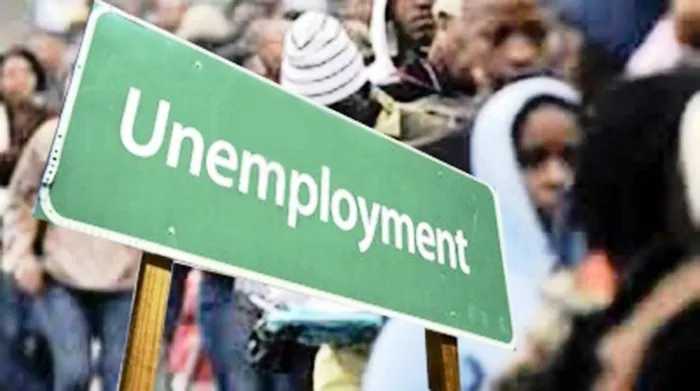
South Africa's ambitious goal to grow its economy by 3% this year and create a million jobs faces significant hurdles, as structural economic issues lead to rising unemployment rates
Image: file
South Africa’s grand ambitions – through a business and government partnership – to grow the economy 3% this year and, by doing so, create a million jobs is simply not happening as structural economic issues are hindering job creation prospects.
In fact, in the first three months of the year, 291,000 people lost their jobs quarter-on-quarter while there was an increase of 237,000 in the number of unemployed people. This has taken the unemployment rate to 32.9%, up from the last four months of 2024 when it was 31.9%.
The overall unemployment rate, which includes discouraged job seekers and is a truer measure of the job situation, went from 41.9% to 43.1% over the same quarter-on-quarter analysis, Statistics South Africa said on Tuesday.
Dr Elna Moolman, Standard Bank group head of South Africa Macroeconomic Research, said on the back of the data release that “the quarterly labour force survey reflects a rather bleak picture of employment in South Africa”.
Concurring, Anchor Capital economist Casey Sprake said that “it is clear that South Africa continues to grapple with a relentless rise in unemployment, casting a shadow over the country’s recovery efforts”.
Frank Blackmore, lead economist at KPMG, added job losses are also a reflection of the cost-of-living pressures as well as the sluggish growth rate of the South African economy. He added that interest rate reductions before year-end could help support economic growth and halt job losses.
As an alternative, Blackmore said the country will require attracting greater investment and allowing the private sector economy to create jobs through policy changes that will support the economy’s underlying infrastructure.
The country’s “unemployment problem is a complex and multifaceted issue that requires sustained and coordinated efforts from all sectors of society to create inclusive and sustainable employment opportunities for all South Africans,” said Sprake.
Yet, the current unemployment rate compares well with the record high of 35.3% seen in the fourth quarter of 2021 in the direct aftermath of COVID-19. South Africa saw record low unemployment rate of 21.50 percent in the fourth quarter of 2008, according to Trading Economics data.
Sprake said that “while recent key reform measures point to a more positive trajectory, this progress has not yet trickled down to many South Africans in the form of job opportunities”.
Ideally, South Africa should have a gross domestic product growth rate of 3% a year to have what Sprake called “material job creation”. Last year, the economy grew at 0.6% and Moody’s most recent expectation is for it to gain 1.5% this year – a 0.2 percentage point decrease from its previous prediction.
“The economy is simply not growing at an adequate rate to sustainably boost long-term employment prospects for South Africans,” said Sprake. Moolman added that “we need to grow the economy to justify further employment growth”.
Citing issues such as a skills gap, a rigid labour market, and the lingering impact of the COVID-19 pandemic, she said these structural problems have exacerbated unemployment rates, especially among the youth.
Statistics South Africa specifically noted that those aged between 15 and 34 years are still the most vulnerable when it comes to the job market, with both work losses and an increase in unemployed youngsters pushing the unemployment rate up to 46.1% from 44.6% quarter-on-quarter.
Sprake said, as the economy expands, “the persistent lack of jobs threatens to widen the inequality gap, undermining social stability and eroding the gains of recent economic advancements”.
Many South Africans are simply unable to find jobs, said Sprake, because of a combination of structural deficiencies, such as a lack of skills, limited access to quality education and training, and inadequate job creation.
Related Topics:
